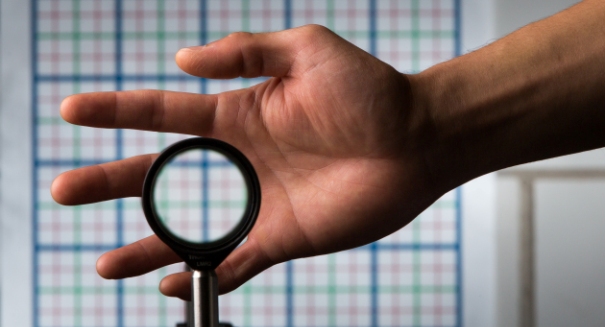
Scientists at the University of Rochester have developed an "invisibility cloak" using optometrist's tools to bend light around objects.
It’s like something you’d find at Hogwarts: an invisibility cloak that can effectively hide large objects, including people. But it’s no longer just in the pages of a fiction book.
Scientists at the University of Rochester have recently developed an “invisibility cloak” that uses layered sets of optometrist’s lenses in order to “cloak” the object. Unlike Harry Potter’s fabric device, it’s not designed as a garment; instead, it’s a series of lenses that effectively hide objects from view.
The team’s “invisibility cloak” functions by combining four sets of lenses, commonly found in optometrist’s offices. The result is a hiding method that doesn’t distort background objects. Light passes through the lenses, but the object being “cloaked”- whether a hand or a ruler- is not visible.
Prior cloaking methods were highly expensive and often didn’t hide devices from certain angles. But according to Rochester team member Joseph Choi, “We know this is the first cloaking device that provides three-dimensional, continuously multidirectional cloaking.”
While the team created their “invisibility cloak” for $1,000, they’ve provided the general public with instructions on how to construct one for only $100. The device can be easily constructed at home after the materials have been purchased from a specialty store.
Previous “invisibility cloaks” were primarily designed for military purposes, but Choi envisions multiple uses for his device including art, surgery, and highway safety.
The only limitations on the cloak, it seems, are how large the optics system can be built. If it could be constructed large enough, it could theoretically conceal buildings or tanks.
The University of Rochester is not the first to attempt the construction of invisibility devices. A team at Duke succeeded in using electromagnetic waves bent by miniature cylinders to make objects vanish. Another team at the University of Texas in Dallas utilized carbon nanotubes to hide objects behind it.
Leave a Reply